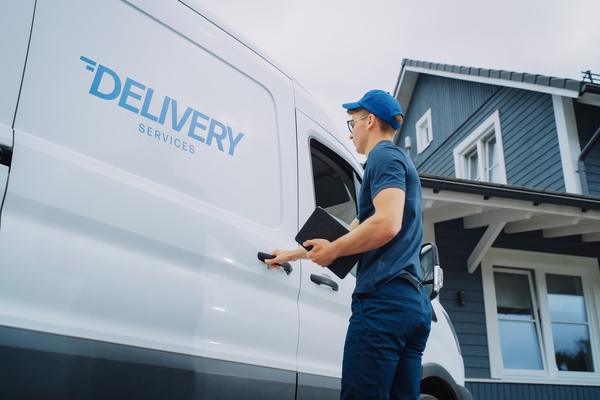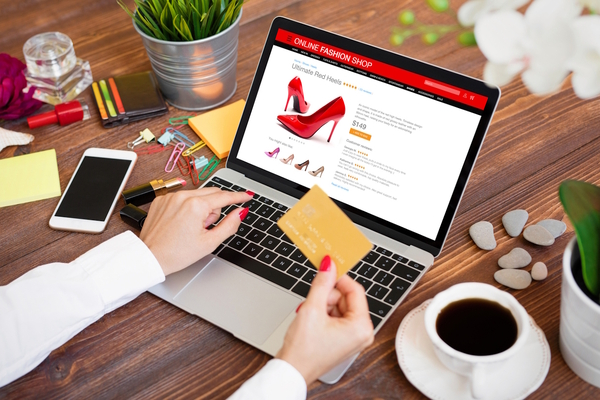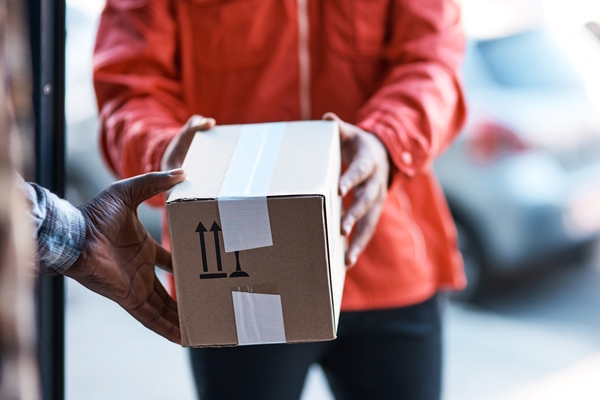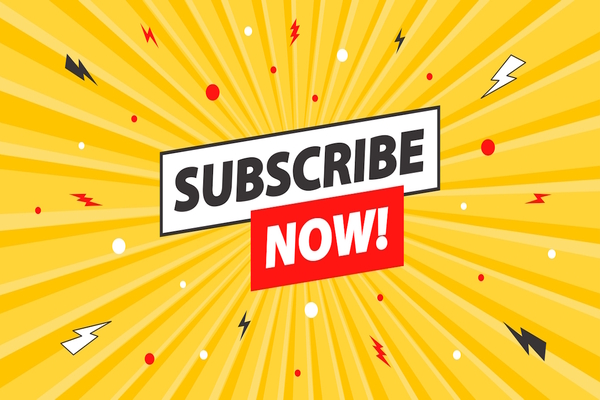Discover the power of social media: how to use Instagram micro-influencers in e-commerce
Sponsored by intelliRANK
With nearly half the world’s population using social media every day, any business needs to take this channel seriously. And most do. Well over half of small businesses in the UK use social media for marketing purposes, while in the USA the percentage is even higher, at 77 per cent.
Social media for marketing
Using social media for marketing and sales isn’t complicated. But, like any business activity, it takes knowledge and discipline. Most of all, it takes an understanding of what you are trying to achieve.
And social media is a very flexible channel. It can be used for launching a product, making sales and servicing customers. And it’s particularly valuable for brand-building because by its very nature it helps businesses create awareness and establish trust as people actively talk about your products.
When most people think about social media marketing, they think about Facebook and YouTube. It’s true that Facebook is a dominant force on social media, with 2.5 billion monthly users, while YouTube isn’t far behind with two billion. But there is another platform that must also be considered: photo and video sharing site Instagram, with over one billion users a month. (The other commonly mentioned platforms – Twitter, Pinterest, Snapchat and LinkedIn – all hover around the 200 to 300 million mark.)
Influencing with Instagram
So why use Instagram in preference to, say, Facebook, YouTube, TikTok or even relative newcomer Clubhouse? It depends on what you want to achieve. There is no single “correct” social media platform for marketing.
But Instagram does have some significant advantages. Users are very regular, with 63 per cent of them loggin on once a day or more, and a further 20 per cent once a week. And they are very active, with 500 million stories being posted each day. Compare that with Facebook’s 350 million daily photo posts.
But there is more than marketing reach to consider. Because it is focused on photos and short videos, Instagram is a very effective environment for business, helping showcase brands by humanising content and inspiring audiences. User behaviour bears this out: 90 per cent of Instagram users follow at least one business and 83 per cent say they have discovered a new product on the site. In addition, brand engagement is very high – 10 times that of Facebook, 54 times that of Pinterest, and 84 times that of Twitter.
Businesses are further assisted by the way Instagram makes it easy to communicate with other users. You don’t need someone to be following you, as you do with TikTok, to send them a message. And Instagram has many helpful editing options, such as templates to improve the effectiveness of posts and filters to improve photos.
This is especially true with Instagram “stories”. These are short-lived (they disappear after 24 hours) but prominent posts and they come with a wide range of tools that encourage engagement, including modules that let you ask questions or set up polls, and an interface that makes it very easy for viewers to message you directly.
Hashtags on Instagram
Another crucial difference is the use of hashtags. Hashtags have always been important on Instagram. They work by organising and categorising photos and videos. If you add a hashtag to a post on a business profile, it will then appear on the corresponding hashtag page. Hashtags on Instagram are a bit like search marketing: people use them as a way of discovering content and so using the right hashtags can mean that your content gets in front of your target audience, even if you haven’t connected with them before.
Obviously finding the right tags to add to your posts is important. Instagram makes hashtag research easy by showing you related tags. Importantly, it also shows you people who are using those hashtags. And these people may be important influencers.
Using micro-influencers
Influencing is big business on Instagram. You don’t need to post videos to make money, as you would on YouTube because Instagram gives a lot of power even to posts that use photos. Those photos combined with a perfect post description that uses hashtags can reach much more people with interest in those products or services within the niche. When you see on social media several voices from one niche talking about a particular product or service, this will create a need, and you usually want to try that product too, as it’s already validated by your social group. This makes it popular with people who want to partner with businesses on social media.
Some profiles on Instagram have millions of followers. But these can be expensive to use commercially, costing thousands of US dollars every time a hashtag that points to your products is used. As an alternative, many agencies such as intelliRANK feel that it’s more effective to use micro-influencers.
Micro-influencers are not professional influencers but can engage with your customers in a compelling and authentic way. They are real people, with 1,000 to around 100,000 followers, passionate about their hobbies and interests, that use Instagram to share their experiences and knowledge. And while many of these will expect folding money to tag your business in one of their posts, a good number will be prepared to do so in exchange for free goods instead. And that’s the golden opportunity with Instagram.
Micro-influencers who accept free products will do so on the understanding that they write about them honestly, sharing thoughts with their followers and tagging your brand in the process. Their posts will come across as genuine and credible, because that’s what they are – the lived experiences of people who have used your products. And, with the right incentives, they will let you use the images they have shared on Instagram in your own content, such as blog posts, Amazon adverts or tweets.
Credible content, seen by people who are interested in what you have to sell: micro-influencers can be a powerful way of building awareness and brand favourability.
Setting up for e-commerce on Instagram
Any business wanting to use Instagram for marketing needs to start by setting up a business profile and ensuring it reflects the business’s values and strengths. With this in place, the next step is to research what hashtags your target audience are using and then to develop content relevant to these hashtags.
With this basic strategic work done, it’s time to identify appropriate micro-influencers – people who are posting content that is relevant to your business and who would be willing to do more in exchange for free goods. After you have partnered with them, you will need to support your campaign, engaging with their content and their followers.
Some sales will come organically from this activity. After all, half of consumers depend on recommendations they find on social media to inform their purchasing decisions. This is a major plus if you’ve just launched a product or a service and you have no social proof yet. But this is above all a branding opportunity, designed to get feedback from users, promote awareness of your products, and strengthen the credibility of your marketing messages through social proof. So don’t measure the quality of your campaign on the number of sales directly generated or you may feel disappointed and abandon a highly effective marketing tactic that should be part of a wider marketing strategy.
There are many other strategies that you can use to move from branding into direct sales online. For instance, Launching and Ranking services will get you exposure on Amazon by promoting your products in front of product testers.
Micro-influencers on Instagram represent a highly cost-effective tactic that can be targeted with laser-like accuracy and used to build substantial brand credibility, brand awareness and social proof for your products, services and business overall. For small businesses planning to expand their e-commerce activities, it is not only a practical first step but one of the most valuable opportunities that will be open to them.


Business Reporter Team
Most Viewed
23-29 Hendon Lane, London, N3 1RT
23-29 Hendon Lane, London, N3 1RT
020 8349 4363
© 2024, Lyonsdown Limited. Business Reporter® is a registered trademark of Lyonsdown Ltd. VAT registration number: 830519543
Join the Business Reporter community today and get access to all our newsletters, and our full library of talk show episodes
Join the Business Reporter community today and get access to all our newsletters, and our full library of talk show episodes





